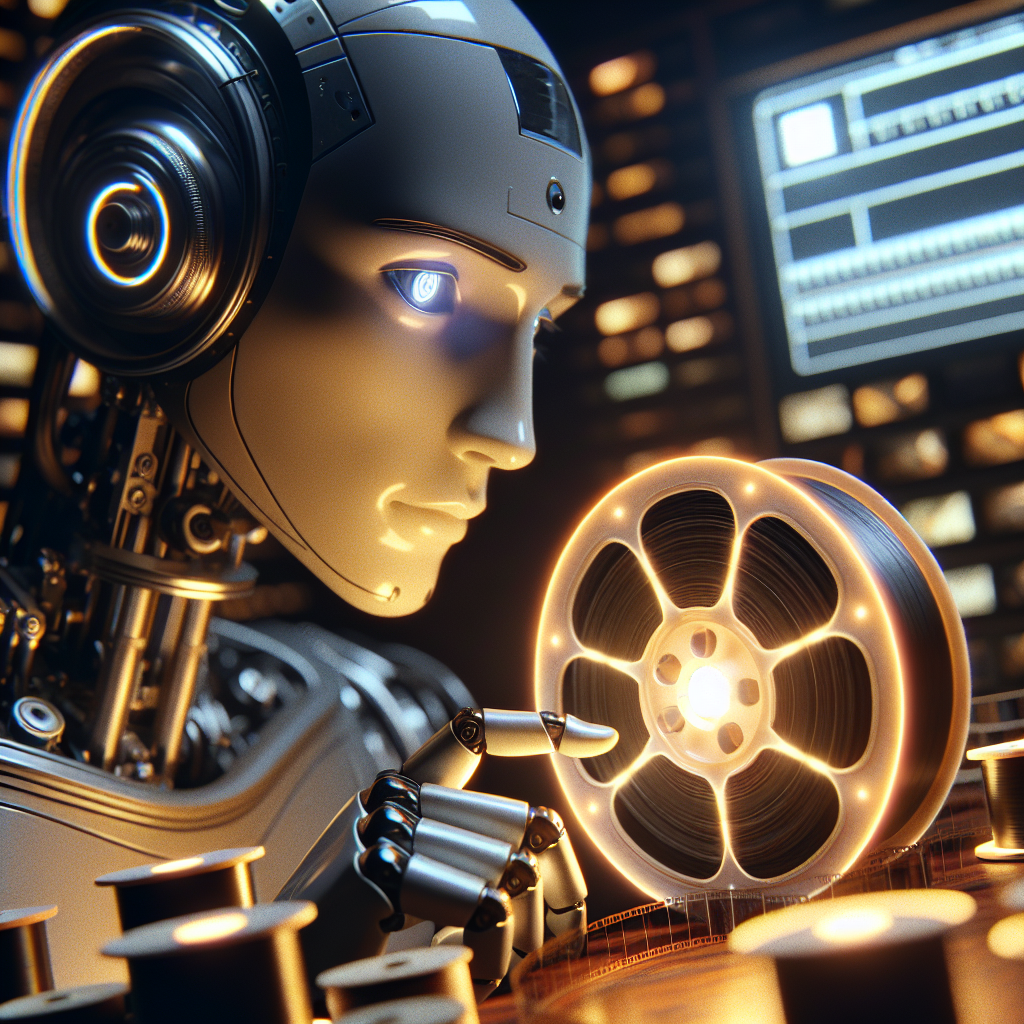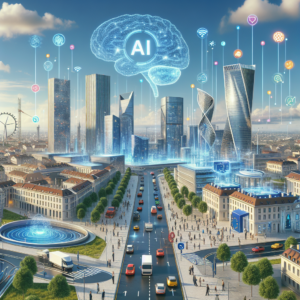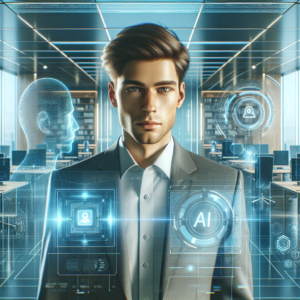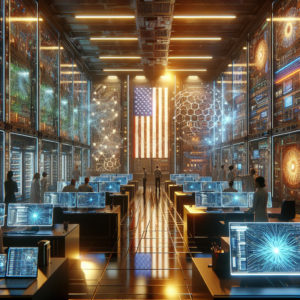Paul Schrader Thinks AI Can Mimic the Best Filmmakers
In a world increasingly influenced by technology, the intersection of artificial intelligence (AI) and creative fields is becoming increasingly relevant. One of the most compelling voices in this conversation is Paul Schrader, a celebrated filmmaker known for his work on classics such as “Taxi Driver” and “Raging Bull.” Schrader’s insights into the potential of AI in filmmaking open a new chapter in the ongoing dialogue about the impact of technology on art.
The Evolving Role of AI in Filmmaking
As we delve deeper into the capabilities of AI, it’s crucial to understand its current applications within the film industry. AI technology is being employed to assist in various aspects of filmmaking—from writing scripts to editing scenes. For instance, algorithms can analyze scripts for pacing, character development, and even dialogue quality, providing filmmakers with data-driven recommendations. Schrader believes that this technology has the potential not only to aid but also to replicate the artistry of renowned filmmakers.
Can AI Truly Emulate Artistic Genius?
While the idea of AI mimicking human creativity may seem futuristic, Schrader argues that we are closer to this reality than we might think. He posits that AI can learn from the styles, themes, and techniques of the best filmmakers, thereby producing works that are reminiscent of their artistic signatures. This provokes a fundamental question: Can the output of AI be considered art if it’s derived from the works of human creators?
Schrader emphasizes that the ability of AI to study and replicate is not merely about copying established styles but rather about creating new interpretations based on existing structures. This opens an exhilarating possibility for filmmakers to collaborate with AI as a creative partner, enhancing their storytelling rather than replacing it.
The Ethical Implications of AI in Creative Fields
With the rise of AI in filmmaking, ethical considerations come to the forefront. If AI can mimic human creativity, what does that mean for originality and authorship? Schrader acknowledges the complexity of this issue, urging filmmakers and audiences alike to consider the implications of using AI-generated content.
One concern is how the introduction of AI might impact job opportunities in the film industry. While AI can enhance efficiency and provide valuable tools, there is a fear that it may also lead to job displacement for writers, editors, and other creative professionals. Schrader encourages an open dialogue about how to integrate AI into the creative process without undermining the roles of talented individuals who contribute to the film industry.
The Future of Filmmaking with AI
As we navigate the evolving landscape of filmmaking, Schrader envisions a future where AI and human creativity can coexist harmoniously. He believes that rather than viewing AI as a threat, we should embrace it as a revolutionary tool that can expand the horizons of storytelling. This could lead to the development of more nuanced narratives and innovative storytelling techniques that challenge traditional norms.
Moreover, the potential for AI to democratize filmmaking is an exciting prospect. With access to advanced tools, aspiring filmmakers who may lack resources can create compelling content that rivals that of established professionals. Schrader envisions a budding filmmaker using AI to create a movie on par with the works of legendary directors, thus leveling the playing field.
AI as a Reflection of Humanity
One of the most profound aspects of Schrader’s perspective is the idea that AI can serve as a mirror reflecting the complexities of the human experience. By analyzing vast amounts of data, AI can generate narratives that resonate with audiences, tapping into universal themes of love, loss, and the human condition.
However, it’s important to note that while AI can replicate certain patterns of human emotion and storytelling, it lacks the lived experiences that inform true artistic expression. Schrader argues that the essence of cinema lies in its ability to convey emotional depth and authenticity—qualities that are inherently human.
Conclusion: A Collaborative Future
In conclusion, Paul Schrader’s thoughts on AI’s role in filmmaking present a fascinating landscape for both the present and future of the film industry. As technology continues to evolve, filmmakers must adapt and rethink their creative processes. Embracing AI as a collaborator rather than a competitor could lead to groundbreaking innovations in storytelling.
As audiences, we may find ourselves experiencing narratives that are richer and more diverse, challenging the conventions of traditional cinema. The journey ahead is uncharted, but with visionary thinkers like Schrader leading the charge, the partnership between AI and human creativity promises to reshape the cinematic landscape in ways we can only begin to imagine.
In this era of rapid technological advancement, it’s essential for filmmakers, writers, and audiences to engage in discussions about the implications of AI in the arts. By navigating this new terrain with curiosity and ethical consideration, we can harness the power of AI to enhance, rather than diminish, the magic of storytelling.



